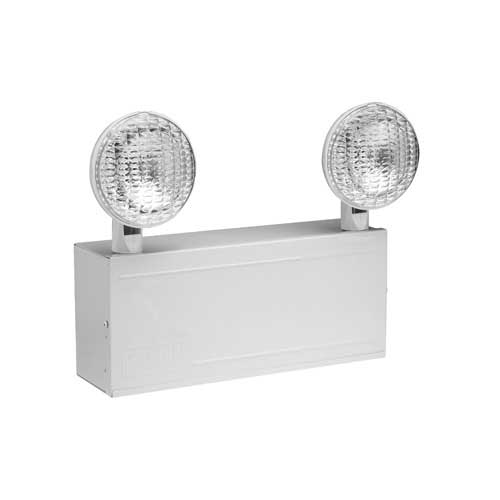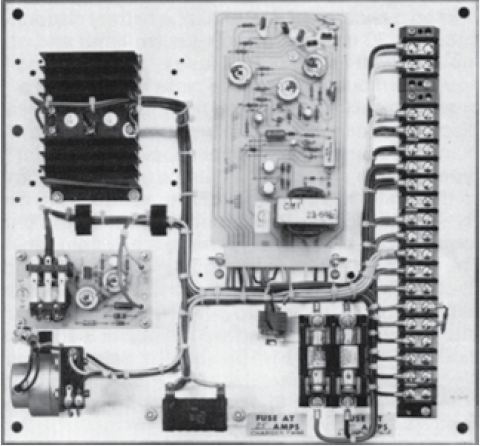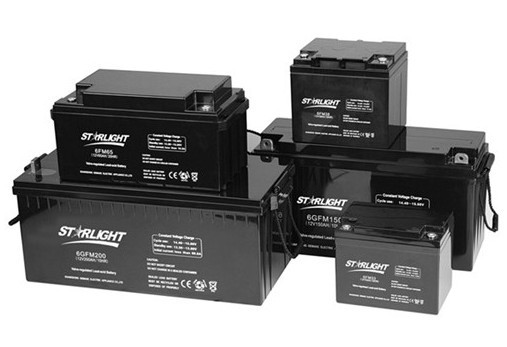Most manufacturers of 6 and 12 volt emergency lighting equipment use a cabinet that is frequently larger than needed for the particular battery specified for the wattage of the unit itself. These manufacturers have found that it is less costly to supply only two or three cabinet sizes. However, it is very common that these cabinets have the capacity to hold batteries ranging from 8 amp-hours to 80 amp-hours. In fact, your D.C. wattage load may be as little as 27 watts but can be increased to 200-300 watts just by replacing the battery and increasing its capacity. You must be sure to use the proper voltage and cannot use a 12v battery in a 6v unit; both the charger and lamps are not compatible. With this information in mind, and using larger amp-hour battery, you may be able to add emergency light heads to the top of the unit, run remote fixtures, or increase the run-time of the emergency lights up from the fire-code-required 90 minutes to 3-4 hours for minimal investment.









